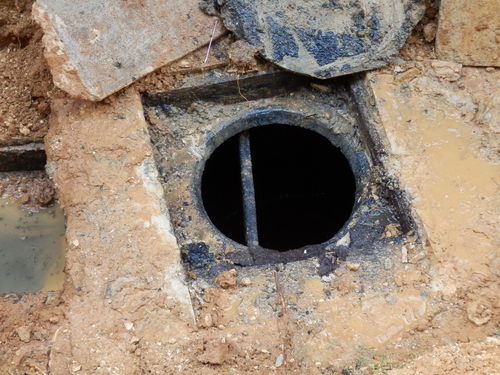
When it comes to the septic system in your home, there are many pitfalls to be mindful of. Even if you are aware of what to be on the lookout for and capable of recognizing the common red flags, it’s no guarantee that the problem won’t get out of hand. Even the most diligent and cautious homeowners who never neglect their septic tank system could suddenly find themselves unable to cope. That’s where professionals come in, so here’s a rundown of what constitutes a typical septic tank inspection service.
The functions of a septic tank
A septic tank is one element of the septic system, the other being a drain field. A septic system is where your household’s sewage and wastewater goes. Its core function is separating solid waste from wastewater and preventing contamination of the surrounding soil. It is for these obvious reasons that the septic tank needs to be in perfect condition and functioning without a hitch.
The best time for a septic tank inspection
As a homeowner, you are best-advised to schedule your septic tank inspection service once a year, and you should definitely get a septic tank inspection service if you put the house on the market. Not only will this protect you from liability in case of malfunction but also increase property value.
As a buyer, it is in your best interest to request a septic tank inspection service before proceeding with the purchase. No house is good enough if its septic tank is faulty. It will be like having a dark cloud hanging over your head.
Locating the septic tank
The newer septic tanks usually have components called risers which can be seen. As for the older ones, the basic method for locating the septic tank is looking at the house drawings. Some other methods include probing into the soil, which should be done cautiously to avoid damaging any elements of the septic tank system. A somewhat less reliable method is looking for the greenest turf of grass in the yard – it is usually located right above the septic tank. The septic tank should be located at a reasonable distance from any sources of drinking water, which the inspectors will take into account.
Septic tank inspection elements
- Checking the sludge level and the most recent tank pumping date
- The size of the tank, which should be in accordance with the size of the property and household needs
- Checking for groundwater contamination caused by wastewater
- Ensuring there is no damage or cracks of any kind on any of the septic system and tank elements
- Ensuring there is no damage to septic tank inlet and outlet baffles which prevent drain field damage
- Making sure that wastewater is equally distributed in drain field pipes
Professional septic tank inspection service for a worry-free home life
By hiring a reliable company for your septic tank inspection service, you’ll know you’ve done your best to ensure that your home’s septic tank is in full working order and completely safe to use. Schedule a visit by our team of experts who will help you rest easy by giving you a thorough septic tank analysis, knowledgeable advice, handy recommendations and a timely heads-up, if called for. Call the Inspectors Company today!
